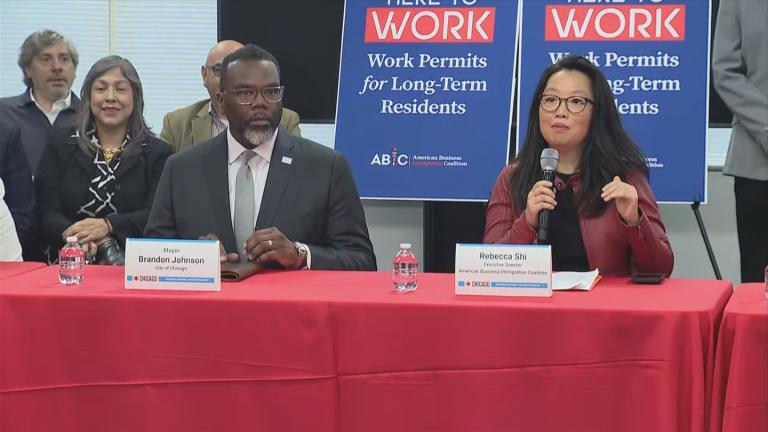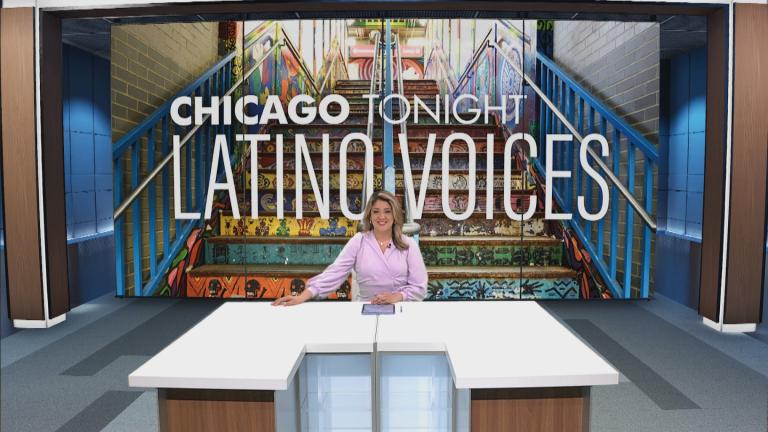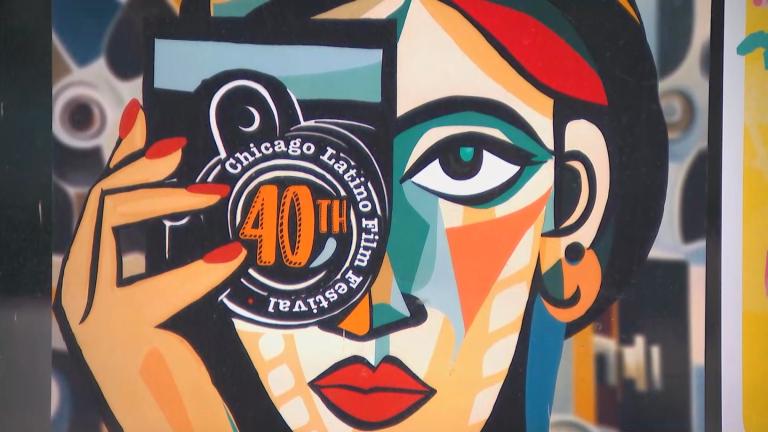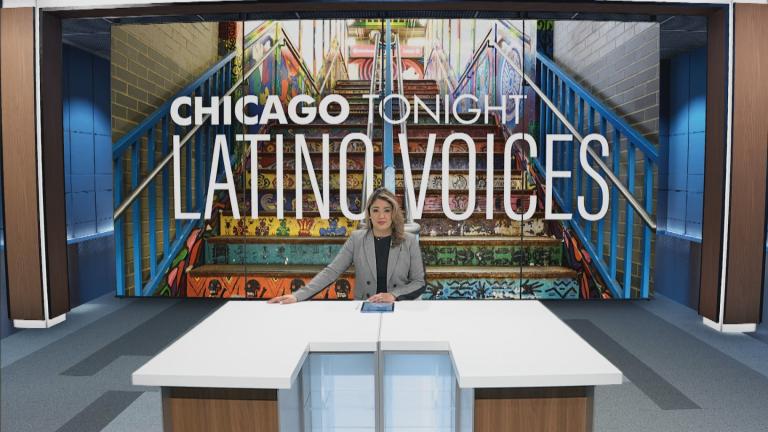The inconsistent patchwork of protected bike lanes can make Chicago’s streets a dangerous place for bicyclists.
From 2012 to 2019, an average of five to six bicyclists were killed every year in Chicago. But since the pandemic began in 2020, that number has ticked upward to nine deaths in 2020 and 10 deaths in 2021. So far this year, three bicyclists have been killed by cars, and the Chicago Metropolitan Planning Agency reported a 25% jump in serious injuries to cyclists and pedestrians from 2020 to 2021.
But despite the city’s stated plans to do more to protect cyclists, transit advocates say there is a long way to go to make the streets welcoming for bikes.
Avid cyclist Lena Guerrero Reynolds frequently passes the corner of Kilbourn and Milwaukee Avenues on her commute – the site of two cyclists’ deaths since 2019. “It’s scary when stuff like that happens because it could be any one of us, right? And it’s sad too, for the folks that have lost someone,” said Guerrero Reynolds. “I still think that biking is like the best way to get around town. It’s so efficient. It’s so affordable. I just want it to be safer, so that we don’t have to see tragedies like this happen in our neighborhoods.”
“We’re a flat city, which I think is an incredible asset that we have. We have a great grid network and we have a lot of people who want to find more sustainable, affordable equitable transportation in the city,” Guerrero Reynolds continued. “But it’s a shame when we hear leadership saying that this is just a driving town, kind of dismissing all of the people who take public transit, who take bicycles, who walk as forms of transportation and always have throughout Chicago history.”
Even painted bike lanes are a rarity in underserved neighborhoods, leading to more dangerous cycling conditions for those populations.
“Equitable practices need to be embedded into the actual creation of bicycle infrastructure,” said Ruth Rosas, a bicycling advocate with the Transportation Equity Network.
“Neighborhoods that have been marginalized and left out … of the bicycling community really need to be sought out for their input, especially with everything that has happened in the last two years, making sure that equity is at the forefront.”
Rosas said she believes that COVID-19 has changed the way Chicagoans get around in both good ways and bad.
“I think a lot of people that weren’t maybe previously cycling in the city sought out cycling as a form of getting around because they were afraid of maybe being in public transit during the pandemic, or they wanted to be outside,” said Rosas. “So many people went out to bike shops and got bikes. That changed a lot of access to cycling for so many people … But definitely traffic and the amount of traffic crashes and the increase in that has definitely changed … there’s just been a lot of close calls and I think that bike safety needs to be something that we need to talk about because of the amount of crashes that have happened in the past few months.”
The level of protection afforded cyclists can change at a ward boundary, leaving an unpredictable path for cyclists traveling across the city. More consistency in bike infrastructure policy could lead to more people opting to bicycle, said Audrey Wennink, director of transportation at the Metropolitan Planning Council.
“Alderman can be a definite force for good when they are supportive of bike lanes. And we would hope that they understand the value of installing protected bike lanes as much as possible, so that cyclists are not riding only with a stripe of paint as their protection, but ideally have a concrete protected bike lane so that they feel truly safe and people of all ages and abilities come out and ride,” Wennink said.
Wennink said the city includes biking infrastructure in its plans, but the rhetoric doesn’t always translate into action.
“There are a number of plans that do say the right things. The Chicago Department of Transportation has a new strategic plan. The climate action plan lists shifting people to sustainable modes as an important strategy,” Wennink said. “However, there’s also a complete streets design guidelines policy and what that means is prioritizing, who’s the priority on each street. And that hierarchy is supposed to be pedestrians are number one transits, number two cyclists are number three and cars are last. So that would mean that the way you allocate street space, the way you manage speeds, the way you design roads would make it more comfortable and safer. Again, prioritizing the more vulnerable users, transit users, pedestrians and cyclists. And I think those design guidelines have been around for over a decade and I don’t think most people would say that on most streets, it feels that way, that pedestrians feel super safe crossing streets, that cyclists have a complete network of protected bike lanes. So I think there are people who believe that in the Department of Transportation, but we have to dedicate enough resources, both financial and human resources to really making that happen.”








